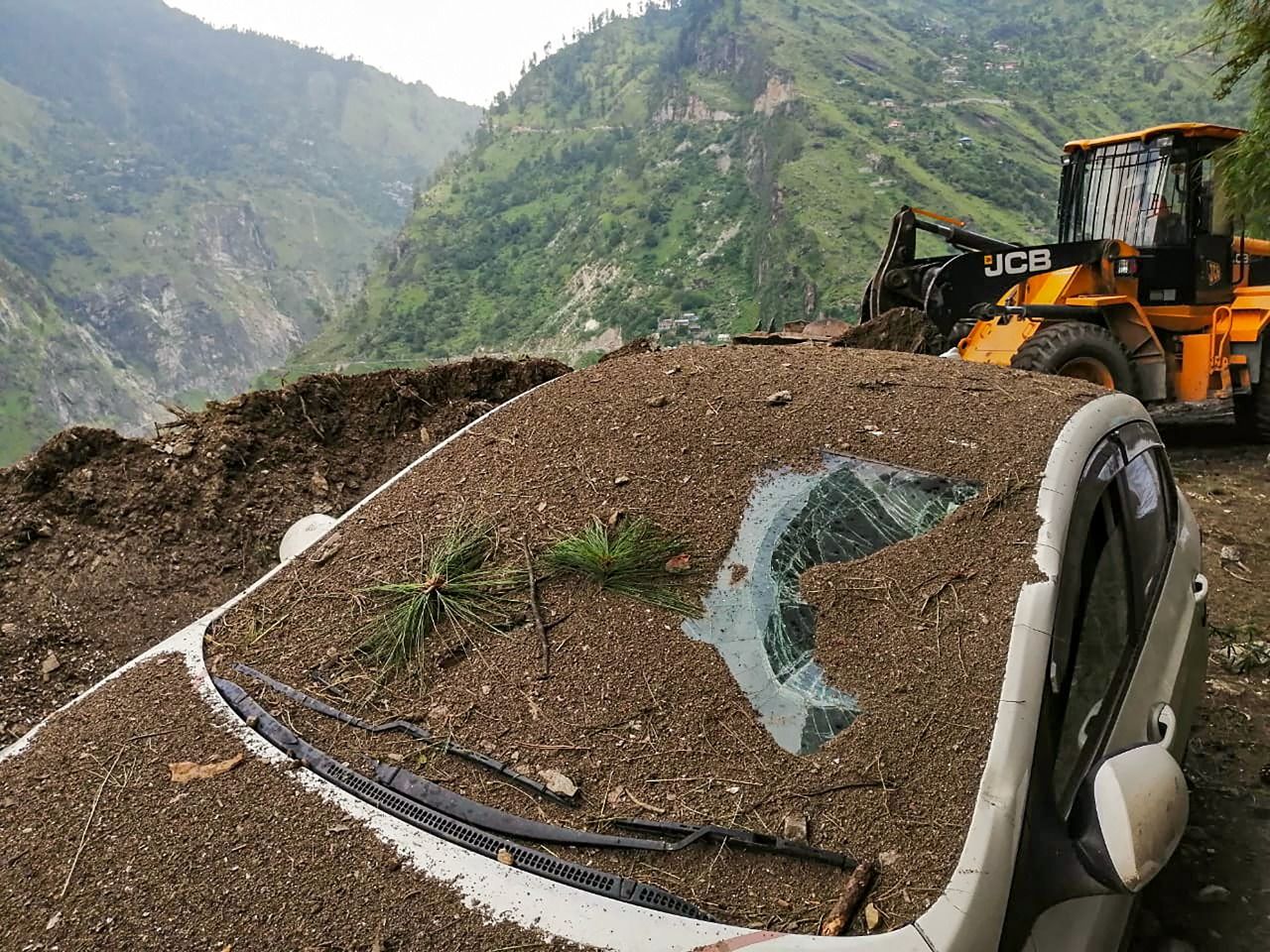
Why landslides have become so common in Himachal Pradesh

A fragile ecology, climate change and Himachal Pradesh’s unique geography are all contributing to a significant jump in natural disasters in the hill state over the years.
At least 10 people have been confirmed dead and around 30 people feared buried on Wednesday (August 11) after a landslide in Himachal’s Kinnaur. Many vehicles are still trapped under debris. The casualty count is likely to go up, say rescue authorities.
Year 2021 has been witness to a significant rise in the number of natural calamities in Himachal. Landslide events jumped by a mammoth 116% while cloudburst incidents went up by 121% this monsoon in comparison with the events last year.
Four major natural disasters were reported in July with 202 lives lost in the last three months.
Himachal’s vulnerability to calamities
It isn’t that landslides and flashfloods have started happening all of a sudden with authorities having no clue. Down to Earth quoted a 2012 report released by the environment department of Himachal government to say that climate change would trigger excess and unseasonal rains, floods, landslides and extreme snowfall in the years to come.
The report titled, ‘State Climate Change Strategy and Action Plan’, said the effects of climate change would become prominent by 2030. As a result, Himachal Pradesh could experience a difference of 1-5 degrees Celsius in minimum temperature and 0.5-2.5 degrees Celsius in maximum temperature. Also, the rainy days in the state would increase by 10 days by the year 2030, with more impact in northwest areas of Himachal, the report said.
The Building Materials and Technology Promotion Council said that nearly 40 per cent of Himachal’s land falls in the ‘highly sensitive’ zone. Nearly, 25,000 hectares of land in the state is prone to flooding, thus requiring necessary arrangements beforehand to deal with uncertainties and minimise damage to life and property.
Also read: ‘For Dharamsala’s sake, people need to take a U-turn to nature’
Between 1976 and 2006, rains have increased in Lahaul-Spiti, Kangra and Chamba districts while Solan and Kinnaur districts have become comparatively drier.
Tikendra Panwar, a research fellow with Impact and Policy Research Institute, told Down to Earth: “Many hydropower projects and National Highway projects are currently underway in Himachal Pradesh. While digging in, neither the hydrologist nor geologist’s opinions are taken into account. As a result, landslides have become common.”
Panwar sought a strong policy intervention to address Himachal’s never-ending battle with nature.
Sustainability in agriculture practices, effective management of water resources, forest wealth and enriching biodiversity will go a long way in making Himachal Pradesh an ecologically stable tourism destination, Panwar said.


